Print Resurfacing is one of my favorite techniques. A variety of effects can be achieved through the simple process of heat pressing a printed image with a piece of specialty paper, ie: matte or gloss, between the print surface and the heat platten. We have used this technique successfully over the years to mimic litho-transfer, create high-gloss jewel-tone, or even just to enhance halftone printing. With a little R&D time (oh how I wish we had some) and creativity, many more effects could be achieved. The following images show the two varieties of paper that we typically utilize as well as a promotional print that we use to show both resurfacing effects next to a standard print:
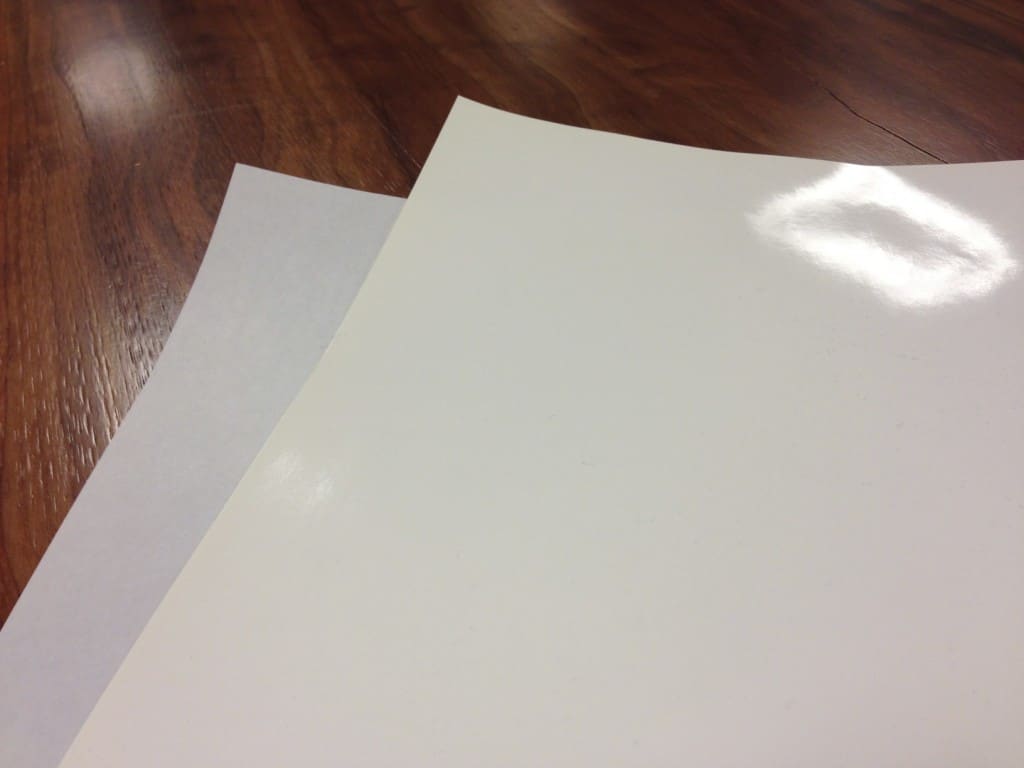
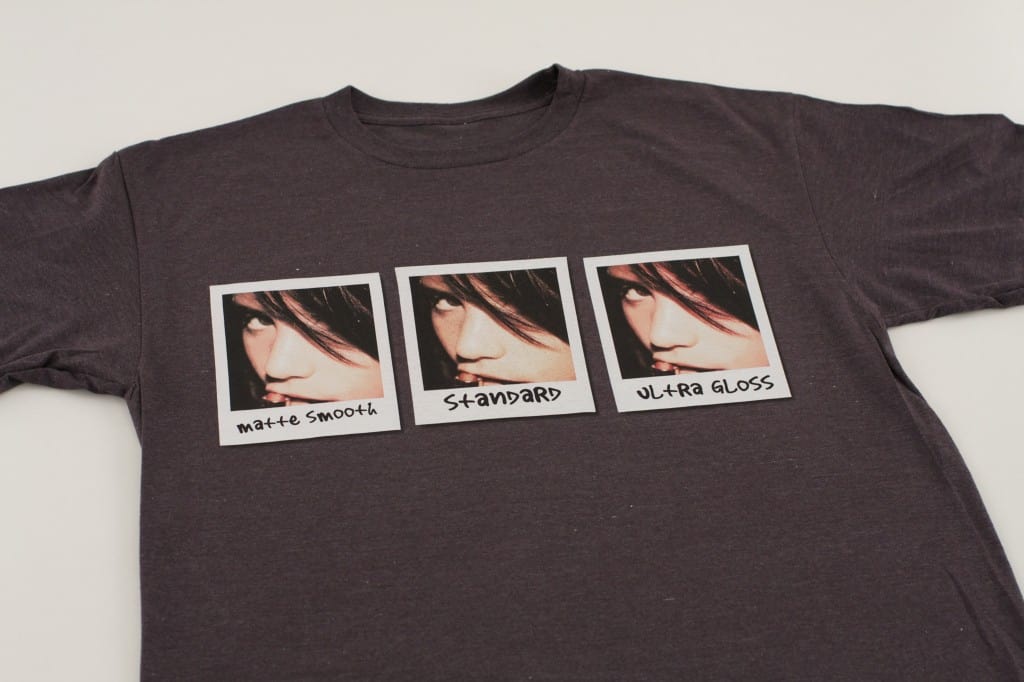
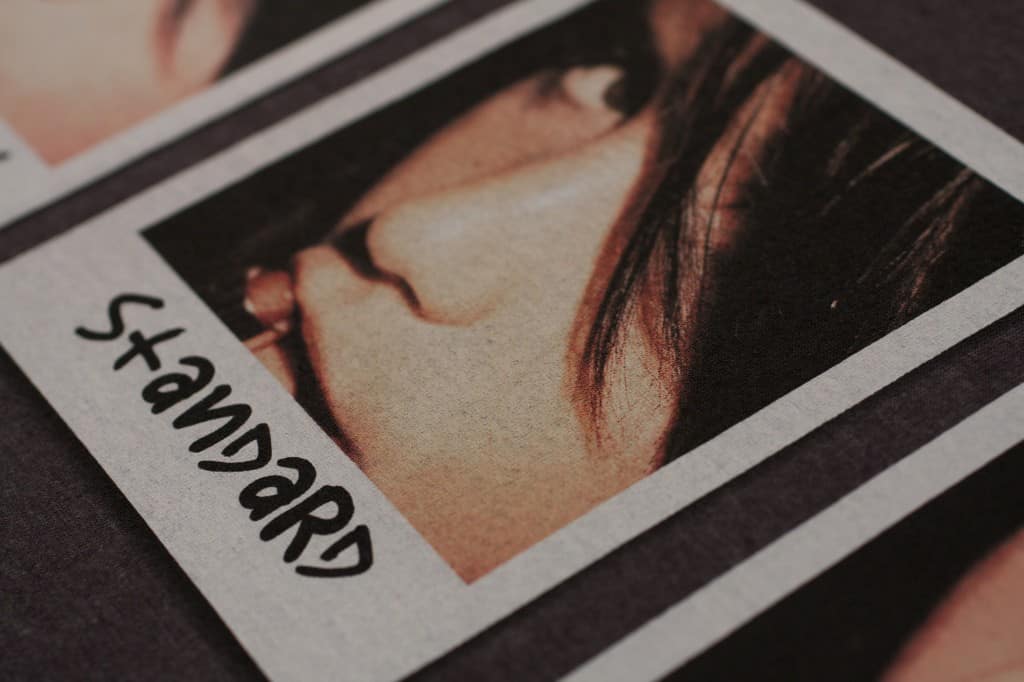
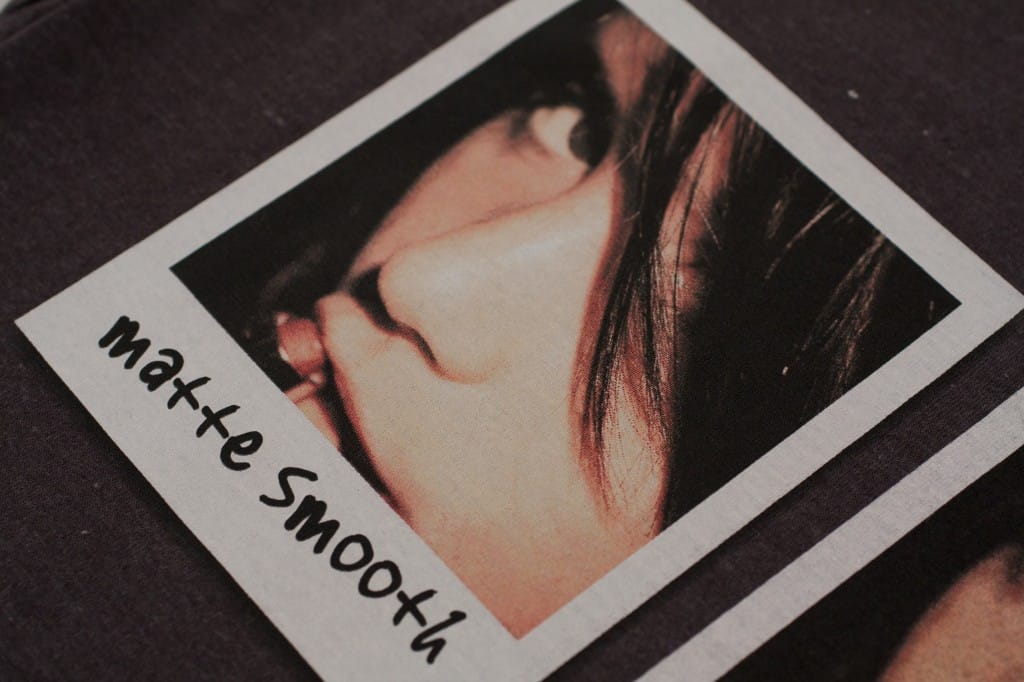
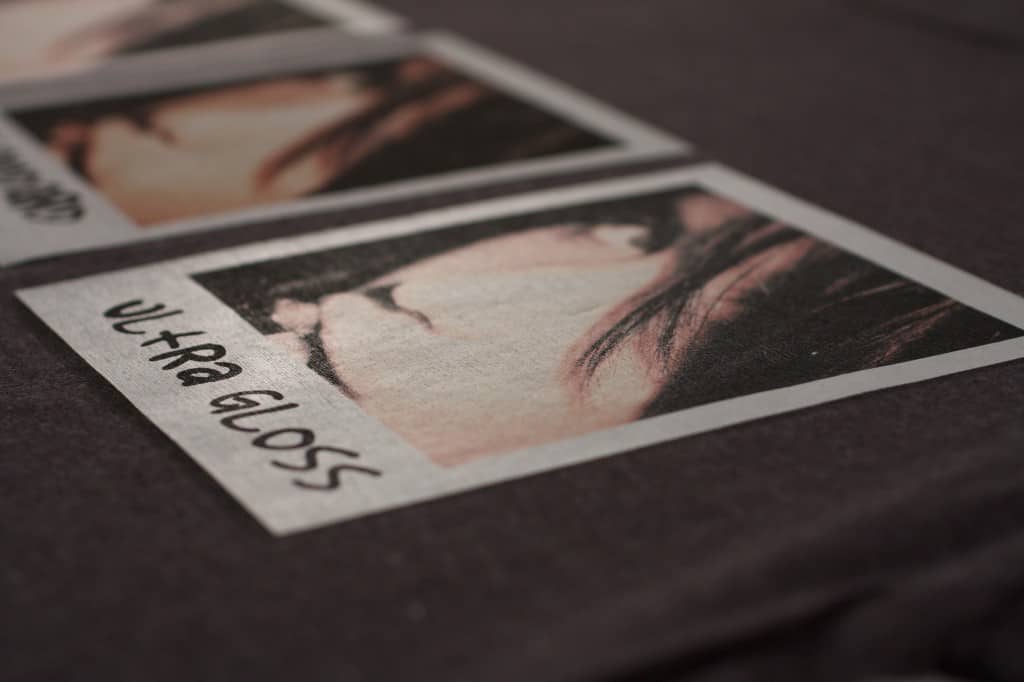
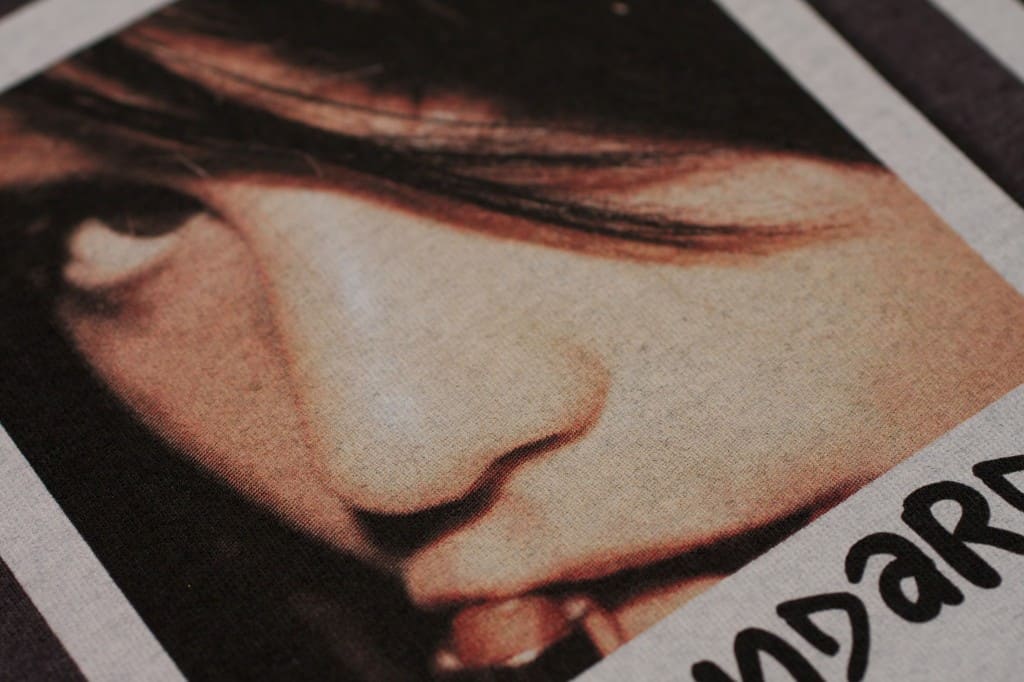
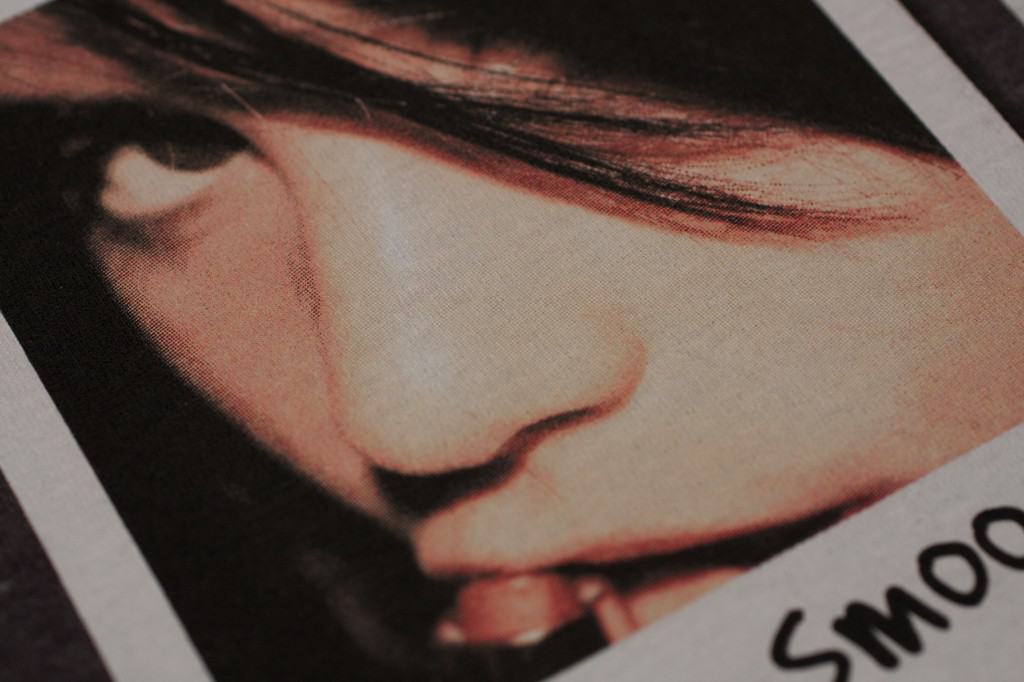
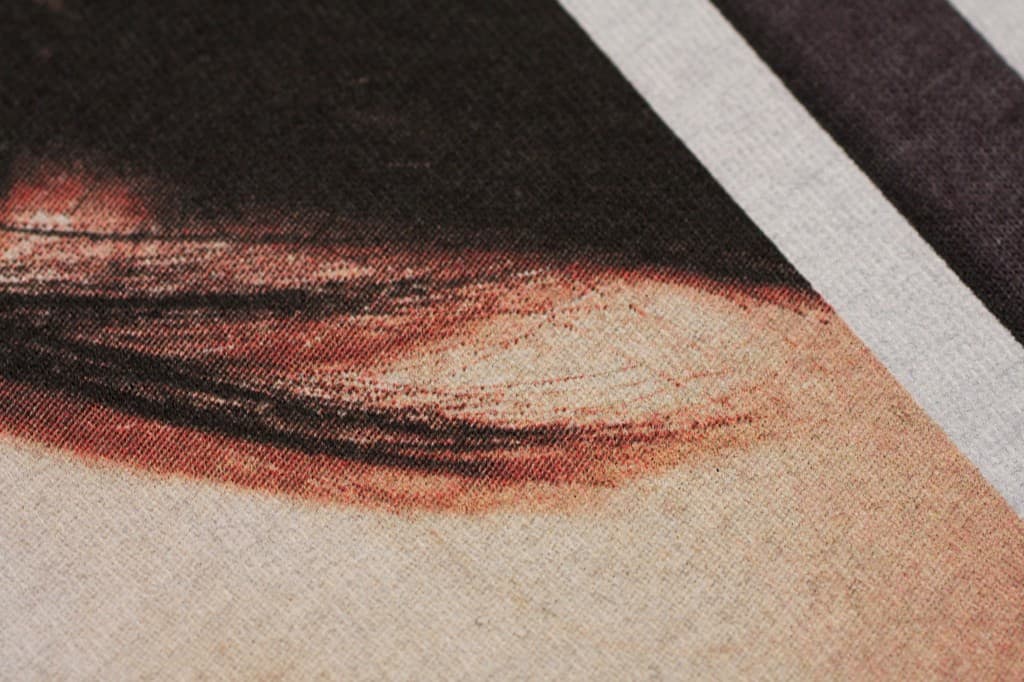
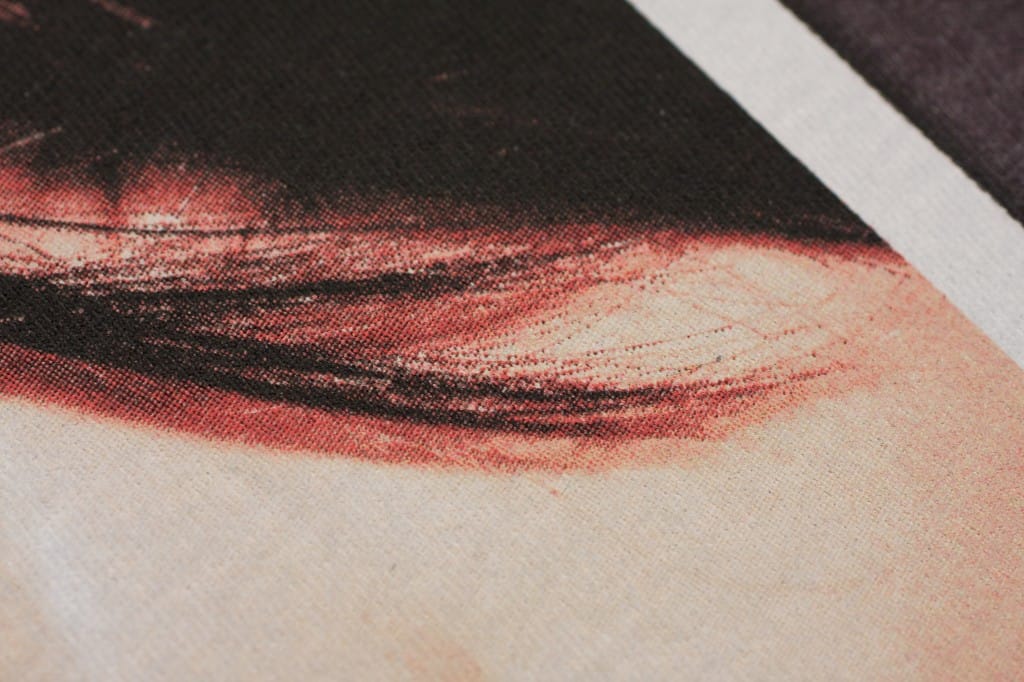


Interesting…I accidentally discovered this when trying to repair a print. Never thought about as a method to alter the visual appearance. Nice tip.